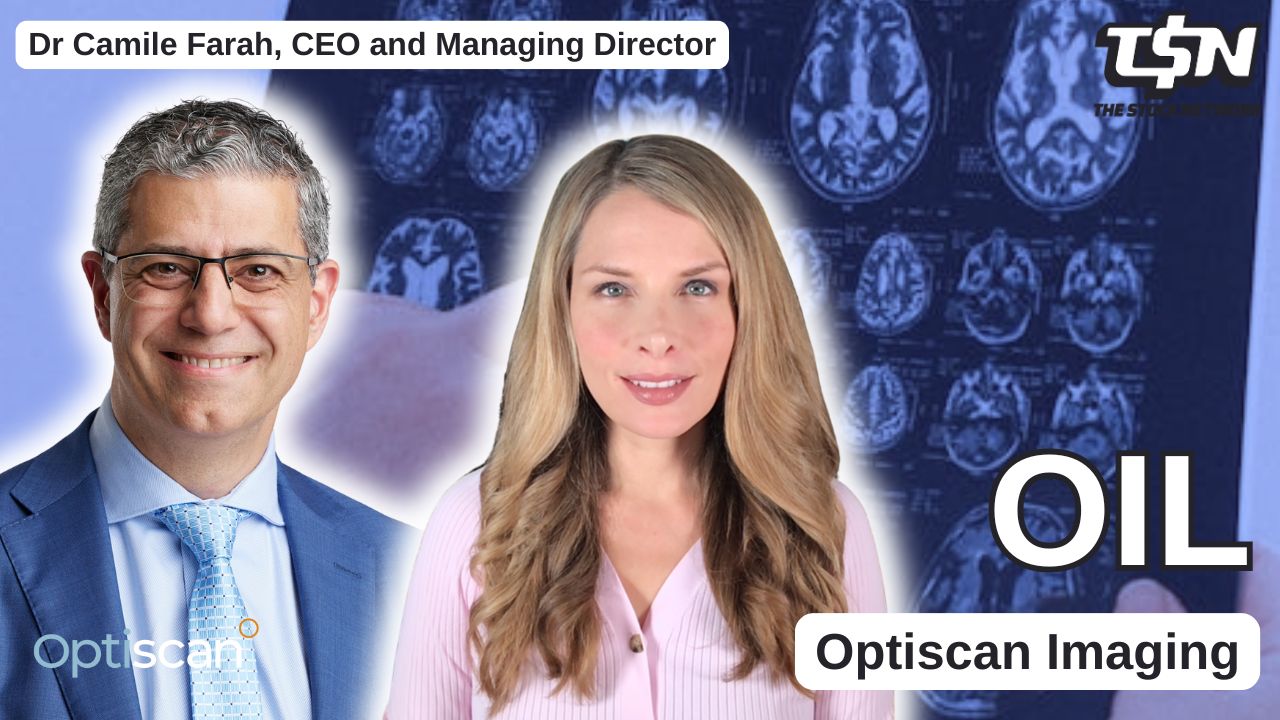Transcription of The Stock Network Interview with Optiscan Imaging (ASX:OIL) CEO and Managing Director, Dr. Camile Farah
Lel Smits: Optiscan Imaging is a commercial stage medical technology company advancing its suite of digital pathology and precision surgery hardware and software solutions. Optiscan is focused on the development, manufacturing and commercialization of imaging technologies for medical translational and preclinical applications. Joining me today from Optiscan is its CEO and Managing Director, Dr. Camile Farah. Camile, welcome back to the Stock Network.
Camile Farah: Thank you, good to be back.
Lel Smits: Now, Optiscan Imaging recently announced it’s advancing its robotic surgery collaboration with the prestigious US academic medical center, the Mayo Clinic. What does this collaboration involve and can you also outline why it is so meaningful for the company?
Camile Farah: Yeah, thank you. Well, it’s so meaningful for the company because of where robotic surgery is going and as part of surgery generally in the US, it’s nearly a $2 billion industry robotics surgery and expected to grow by about 15 to 20% year on year. So we think that’s a very big opportunity for Optiscan to really lead that microscopic imaging sector in robotic surgery and of course, working with the Mayo Clinic to realize the potential of our technology in that very, very lucrative segment.
Lel Smits: Absolutely. So can you outline the development milestones that have occurred to date and also the next steps for this collaboration?
Camile Farah: Yeah, so it’s a two-year collaboration and basically what we’re trying to do together is maximize the advantages that the Mayo Clinic have in their expertise in robotic surgery, but obviously their access to world-class facilities and patients who require this sort of treatment and also then our engineering prowess in the platform that we’ve got with endomicroscopic confocal imaging.
What we’ve worked on for the first 12 months is basically to set the scene of where we see our technology fitting in the context of the workflow of robotic surgery. There’s a specific workflow there that is different to standard open surgery or laparoscopic surgery. So understanding that workflow was very important, making sure that then the surgeons understood the capabilities of our technology and where they could see the best benefit, and then trying to work out the more logistics or the engineering part of how our system, for example, might integrate with a surgical robot.
There’s a whole myriad of surgical robots out there, different companies producing different surgical robots. So it was very important for us to understand how we fit within that continuum of the different manufacturers and, of course, then prototyping some of these accessories that allow the robotic surgeon to use our platform with their own robots. So we’re on track with the first 12 months.
It’s been great working with the Mayo Clinic to achieve those milestones. Moving forward, we’ve got another 12 months. We’ve got to the stage now where we’re at preclinical testing.
So we’ve designed prototypes for the surgeons to use in a preclinical environment. So that’s where they’re basically doing mock surgeries, not on humans, obviously. And then assessing all of these tools, our imaging platform, the accessories, how they integrate with the robots that they’re basically using and we’ll continue to work on that for the next 12 months.
Lel Smits: Excellent and looking ahead, what are the longer term benefits that we’re likely to see from the collaboration? Also, what does it say about the versatility of Optiscan’s imaging platform?
Camile Farah: Yeah, thanks. I’ll answer the versatility one first. Well, hopefully what investors are seeing is that Optiscan truly has a platform technology. We’ve revealed a open surgical device in the in view.
We’ve revealed a pathology device in the inform. We’ve been talking about a veterinary medicine device, which will come soon. And this sort of collaboration with the Mayo for robotic surgery really showcases how you can apply the one platform technology across a whole myriad of clinical applications and workflow settings.
We want to be able to benefit surgeons, clinicians, pathologists, vet professionals. So anyone can really sort of tap into our technology. So really, really versatile.
And then obviously, there are other advantages moving forward with this sort of approach. More and more people are wanting to have minimally invasive surgery, and that’s why robotic surgery has increased significantly in the US and will continue to do so over the coming years. So we want to make sure that we’re the leaders when it comes to microscopic grade imaging in those workflows.
Lel Smits: Well, thank you so much for the update from Optiscan and look forward to hearing more.
Camile Farah:: Thank you very much.
Ends
